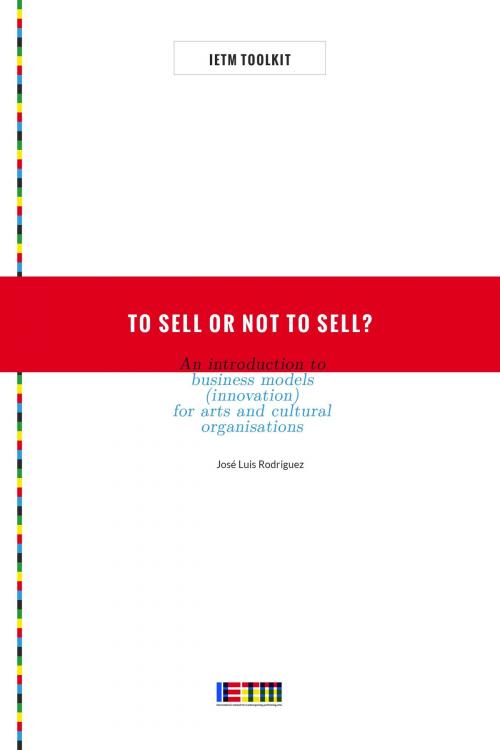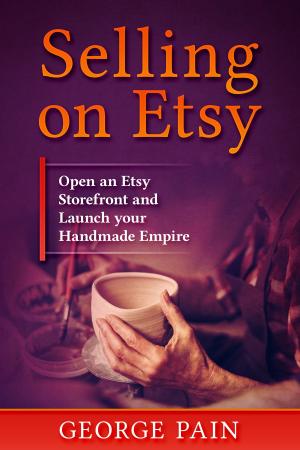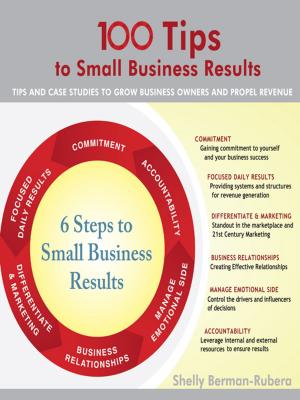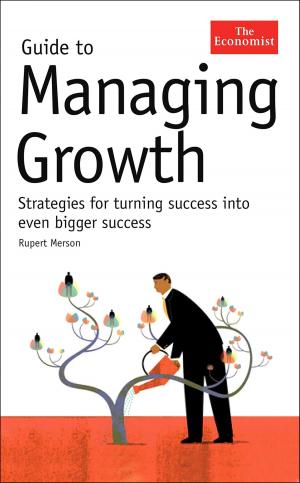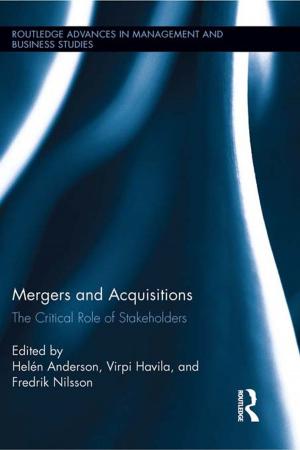To Sell or Not To Sell? An Introduction to Business Models (Innovation) for Arts and Cultural Organisations
Nonfiction, Entertainment, Performing Arts, Business Aspects, Business & Finance, Economics, Development & Growth| Author: | José Rodriguez | ISBN: | 9782930897080 |
| Publisher: | IETM | Publication: | October 6, 2016 |
| Imprint: | Smashwords Edition | Language: | English |
| Author: | José Rodriguez |
| ISBN: | 9782930897080 |
| Publisher: | IETM |
| Publication: | October 6, 2016 |
| Imprint: | Smashwords Edition |
| Language: | English |
Artistic and cultural organisations – especially those working as non-profit organisations - are experiencing increasing pressure to become more business-minded and to achieve economic sustainability. While ‘business models’ and related terms, largely used in the corporate sector, are more and more used in the non-profit sector as well, many professionals from the artistic field believe that increased attention on financial performance would negatively affect the implementation of artistic activities. Independently of what our opinion is in this regard, the reality is that arts and cultural organisations need to balance the generation of value with their mission if they want to continue existing.
Now the good news: business models are not about complex finan- cial formulas and overwhelming strategic theories, and financial viability does not necessarily clash with the fulfilment of an artistic (and/or) social mission. The core of most business models is quite straightforward: if an organisation has a way to create, deliver and capture value, it has a business model. And the most important characteristic of a successful business model is that it is viable and sustainable.
This toolkit aims firstly to clarify the key concepts and definitions related to business models and business models innovation, possibly overcoming prejudices in the process; it then proposes a business model canvas tailored to the specific characteristics of arts and cultural organisations, and illustrates how some cultural organisations across Europe have successfully innovated their business models.
No matter how financially stable your organisation is, discussing your current (and future) business model is a healthy activity that you can practice regularly with your own team, and we hope this toolkit will help you do that. No doubt that such a discussion can sparkle good ideas – and positive changes may very probably follow...
Artistic and cultural organisations – especially those working as non-profit organisations - are experiencing increasing pressure to become more business-minded and to achieve economic sustainability. While ‘business models’ and related terms, largely used in the corporate sector, are more and more used in the non-profit sector as well, many professionals from the artistic field believe that increased attention on financial performance would negatively affect the implementation of artistic activities. Independently of what our opinion is in this regard, the reality is that arts and cultural organisations need to balance the generation of value with their mission if they want to continue existing.
Now the good news: business models are not about complex finan- cial formulas and overwhelming strategic theories, and financial viability does not necessarily clash with the fulfilment of an artistic (and/or) social mission. The core of most business models is quite straightforward: if an organisation has a way to create, deliver and capture value, it has a business model. And the most important characteristic of a successful business model is that it is viable and sustainable.
This toolkit aims firstly to clarify the key concepts and definitions related to business models and business models innovation, possibly overcoming prejudices in the process; it then proposes a business model canvas tailored to the specific characteristics of arts and cultural organisations, and illustrates how some cultural organisations across Europe have successfully innovated their business models.
No matter how financially stable your organisation is, discussing your current (and future) business model is a healthy activity that you can practice regularly with your own team, and we hope this toolkit will help you do that. No doubt that such a discussion can sparkle good ideas – and positive changes may very probably follow...
